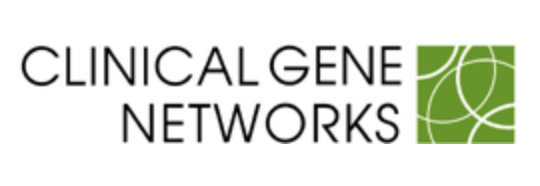
The Clinic
A key feature of common multi-factorial disease, such as CAD, MI and stroke, is the variety of causal genetic and environmental risk factors. A limited number of these factors have been identified. To reveal and evaluate novel risk factors and how they contribute to CAD, the availability of well-characterized patient cohorts and model systems of the disease have been proven to be of crucial importance. During the last decade, the technology development has also enabled scientists to move away from studies of isolated genes (so called “candidate genes”) to instead measure the entire DNA code together with the DNA activity reflected in expression of several thousand genes and other forms of DNA to undertake a holistic, data-driven approach to drug discovery for multi-factorial common diseases.
CGN drug discovery is based on a top-down approach to identify clinical gene networks underlying CAD referring to a belief that disease networks need first to be identified in the Clinic in patients who actually are suffering the disease of interest and that then be validated in accurate animal and cell model systems (and not vice versa). Consequently, CGN has established collaborations with clinical departments at several hospitals in the Stockholm County and, since 2007, also with Tartu University Hospital in Estonia. These collaborations give CGN unique access to coded patient histories that many times are life long and include matching clinical data. In the next step, the company relies on model systems of CAD to validate and further refine the action of network targets. Many sets of clinical and high-dimensional data from patient cohorts and model systems have been gathered in the AtheroCode, today containing more than 1 billion clinical data points related to CAD (see also "Networks").